Top Trends in Residential and Commercial Construction for 2025
Top Trends in Residential and Commercial Construction for 2025
As we move deeper into 2025, the construction industry continues to evolve—driven by innovation, sustainability, and shifting lifestyle and business needs. Whether you’re planning a custom home, renovating an office, or launching a new commercial build, staying informed about what’s trending can help you make smarter, future-ready decisions.
At Vertex Vision Construction, we don’t just follow trends—we lead with purpose. We help our clients make informed, long-term investments that deliver value, functionality, and style. In this blog, we’re highlighting the top construction trends shaping 2025 and how they can elevate your next residential or commercial project.
1. Smart Home and Smart Building Technology
Technology integration continues to rise as homeowners and businesses seek more control, security, and efficiency.
What’s Changing
Voice-activated systems, energy-monitoring devices, and advanced building management systems are no longer luxuries—they’re expected. Commercial clients are also implementing touchless access, remote monitoring, and automation.
Proven Use Cases
Smart thermostats, integrated lighting, smart locks, solar battery storage, and automated HVAC systems.
Actionable Tip
Ask us about future-ready wiring, smart hubs, and scalable tech infrastructure during the design phase.
Why It’s Important
Future buyers and tenants increasingly demand tech-enabled spaces.
Why It’s Useful
Smart systems improve comfort, reduce energy bills, and provide better control of your environment.
Why It Works
Integrated technology enhances your day-to-day experience and adds long-term property value.
2. Sustainable and Energy-Efficient Construction
Eco-conscious building isn’t just a trend—it’s a movement, and it’s gaining momentum fast.
What’s Changing
Sustainable design, green materials, and renewable energy sources are becoming mainstream, especially in regulatory-heavy markets.
Proven Use Cases
Solar panels, cool roofing, energy-efficient windows, insulation upgrades, and LEED-certified builds.
Actionable Tip
Consider incorporating passive solar design, recycled materials, or energy modeling into your project early on.
Why It’s Important
Reduces your carbon footprint while appealing to eco-aware buyers and tenants.
Why It’s Useful
Lower utility bills, potential tax credits, and reduced maintenance costs over time.
Why It Works
Combining smart design with sustainable materials creates long-lasting, high-performance structures.
3. Flexible and Multi-Use Spaces
The way we live and work has changed—spaces need to adapt to shifting lifestyles.
What’s Changing
Clients now prioritize rooms and layouts that serve multiple functions—home offices, hybrid work zones, or flex retail spaces.
Proven Use Cases
Convertible guest rooms, open-plan kitchens with hidden storage, or modular office layouts.
Actionable Tip
Design with adaptability in mind—think pocket doors, movable partitions, and integrated storage.
Why It’s Important
Versatile spaces add functionality and market appeal.
Why It’s Useful
You get more out of your square footage without needing a larger footprint.
Why It Works
Multi-use areas support evolving personal and business needs without requiring future remodels.
4. High-Contrast and Natural Finishes
The design aesthetic of 2025 is all about texture, contrast, and nature-inspired materials.
What’s Changing
Expect a mix of high-contrast tones, natural wood, metal accents, and organic textures across both residential and commercial interiors.
Proven Use Cases
Dark cabinetry with light countertops, exposed beams, concrete and matte black hardware.
Actionable Tip
Choose durable finishes that balance style and function—especially for high-traffic areas.
Why It’s Important
Your space should reflect modern design while maintaining long-term visual appeal.
Why It’s Useful
Natural finishes age well and require less frequent replacement or refresh.
Why It Works
Combining bold design choices with timeless materials helps your space stay relevant for years.
5. Faster Build Times with Modular and Prefab
Speed and efficiency are more critical than ever, especially for developers and commercial clients.
What’s Changing
Prefabricated components and modular construction are streamlining timelines without compromising quality.
Proven Use Cases
Pre-cut framing packages, modular bathrooms, or off-site panel assembly.
Actionable Tip
Talk with our team about hybrid solutions that reduce on-site build time while maintaining design flexibility.
Why It’s Important
Faster delivery means quicker occupancy and faster ROI.
Why It’s Useful
Reduces labor hours, shortens weather-related delays, and increases consistency.
Why It Works
Prefab strategies maintain high craftsmanship with predictable scheduling and lower waste.
Build Future-Ready with Vertex Vision Construction
At Vertex Vision Construction, we’re passionate about building spaces that look great, work hard, and stand the test of time. Whether you’re designing your dream home or constructing a next-generation commercial facility, understanding these trends puts you a step ahead.
We help our clients make thoughtful design choices, implement cutting-edge technologies, and deliver construction solutions that work for today—and tomorrow.
Ready to future-proof your next build?
Contact Vertex Vision Construction today to learn how our expert team can bring your vision to life.

